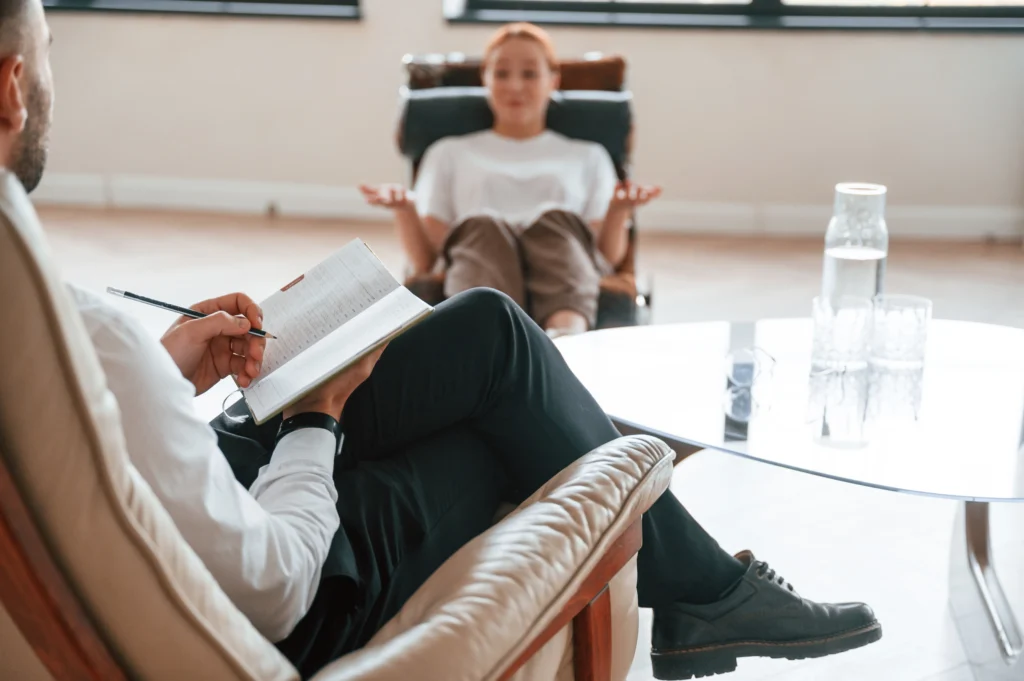Online Sessions
The link to your online appointment will be sent to you before the session. If you haven’t received this by the day of your appointment please get in touch with us. Typically online sessions will be conducted via Zoom, so it is a good idea to have the application downloaded on the device you want to use.
1. Find a quiet, private space
There is no substitute for a quiet, private space in which to conduct therapy. Privacy leaves you free to feel and express your emotions. It also allows you to focus fully on the experience.
Interruptions or background noise will significantly detract from the benefit of therapy. It’s a good idea to turn off any notifications on your devices for a similar reason.
Sometimes you might have to have your session in a workplace or similar. It is a good idea to check with your therapist if this is OK prior to the session.

2. Sit in a comfortable spot
It’s usually best to sit in a chair or similar, with your back supported. Often our body creates tension without us really knowing, and it is good to not add unnecessary strain during the therapeutic work.

3. Use a monitor where possible
Being able to see your therapist’s face clearly is an important part of working together. A lot of communication is non-verbal, so if you do have access to a laptop, desktop computer or even a tablet, it’s always going to be more effective than using your phone.
If you have to use your phone ideally have it held up by something other than your hand so you can be fully present. We know this isn’t always possible.

What to expect on your first session:
- Your therapist will come out to greet you in the waiting room and take you through.
- Typically you will be asked what has brought you to therapy and any previous therapeutic work you’ve had. From this will be a discussion on what’s worked and what hasn’t in the past.
- This initial session will help to build a collaborative understanding of what the difficulties are and if the therapist can help.

Online Sessions
- Typically by the end of the first session you can have an idea of what the possible approach is and some insights to take away from the first meeting.
- You will be asked to think about the therapy plan and to give yourself time to consider this. It’s ok if you are not sure, have more questions or want to check out approaches from another therapist too.

Future sessions
Things to encourage:
- It’s ok to write down some ideas of what to work on.
- It’s a good idea to write down what you’ve taken from the previous session.
- It’s also fine to ask to talk about something different in the session that feels more important at that moment.
- You can also disagree with your therapist and sometimes be annoyed at them - this is all part of the therapeutic process.

Endings
Sometimes there is a natural ending due to completion of the thing you wanted to work on. The options then are to work towards this ending with the view you can come back in the future; to space out the frequency of appointments to fortnightly or monthly and see how you go. Some people also have a therapy break due to the timing and readiness – these are all OK. After therapy ends people can have some feelings of loss and sadness, and that’s very normal. It does not mean your depression is back and is a healthy part of processing and ending. This becomes easier and the things you’ve worked on continue to be part of you!


